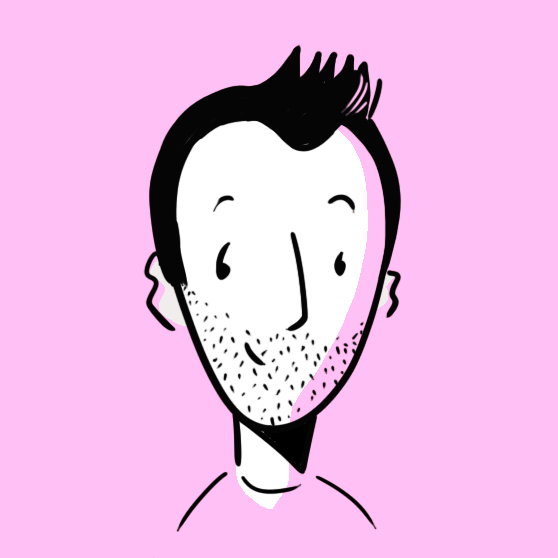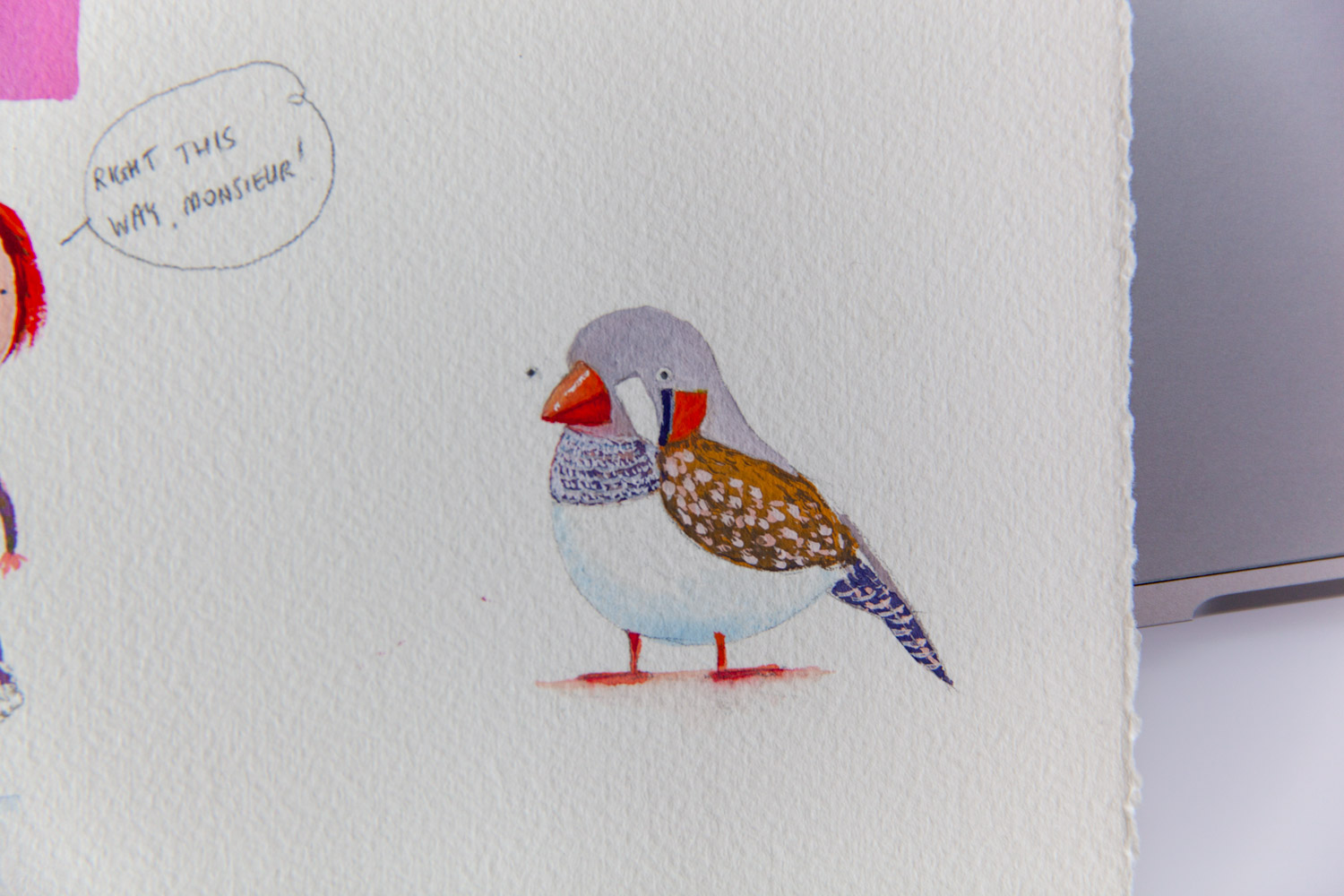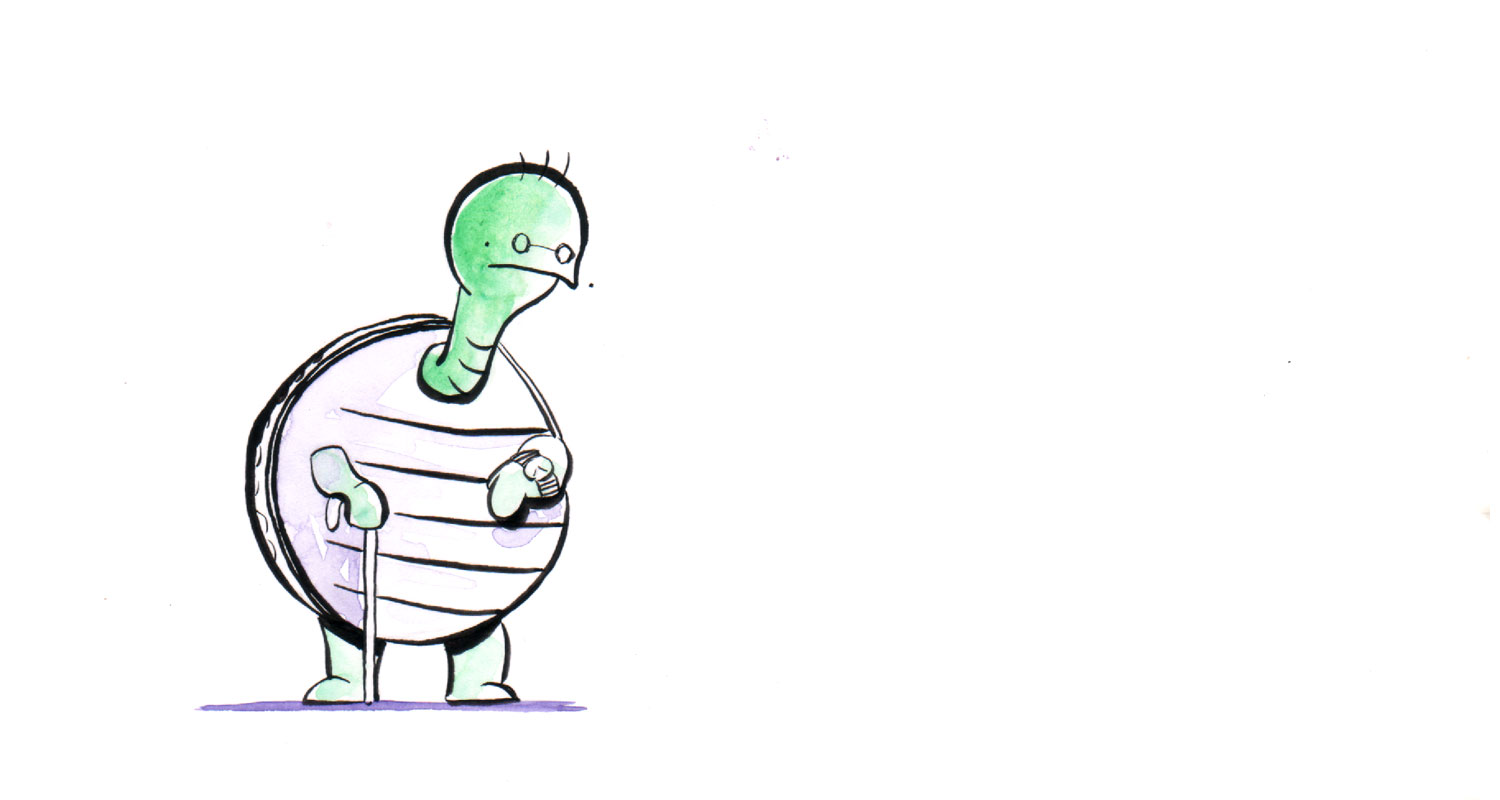If a casual home cook and a chef had just four ingredients: Bread, Cheese, Tomato and Butter, who would make the better toasted sandwich?
Simplicity and Expertise
Have you ever noticed that masters of their profession are always talking about how to make things simpler? The most accomplished chefs talk about using simple ingredients. Letting the ingredients do the work. Some of the best in the world use a single knife for everything. A chef’s skill isn’t in the ability to source the most ingredients, or the weirdest ones. A chef’s skill is in their deep understanding of the ingredients at their disposal and the ways to successfully combine them to produce the most vivid culinary experience possible.
The act of writing (and the use of language) is no different.
People often assume that writing a children’s book is easy. They mistake word count for effort and complexity. I’ve been asked many times whether I “*just* write for children” or do I write for adults, too? As if writing for children is an easier or lesser practice. What people don’t realise is that children’s book are, in fact, one of the hardest things to write (probably only second to poetry). A children’s book writer needs to paint the most vivid pictures with the least number of words. This means, like expert chefs, they need to have a deep understanding of the basic ingredients so they can combine them in the most effective ways. The ingredients they have to work with aren’t just the words. Yes, a large vocabulary is useful. But an expert writer of children’s books also needs to understand story structure, grammar, poetic forms, meter, and rhyme to name a few. There is a depth to these concepts that take a lifetime or more to hone.
Less can be more
In the absence of the deep knowledge of the ingredients one is working with, whether that be cooking or writing, it’s easy to try and compensate by adding more. Maybe the home cook adds relish to their sandwich? Maybe the emerging writer adds adverbs to their writing?
Over time, as you write over and over and over again and learn from your daily practice, you learn more about the basic ingredients and discover that the relish is just getting in the way. It’s hiding the natural, beautiful flavour of your core ingredients. That’s the beauty of putting the effort in and part of the reason I’m addicted to this pursuit of less.




